White tigers and a zebra are among the animals at this year’s Eastern States Exposition.
 WEST SPRINGFIELD - G. Wayne McCary, president and chief executive officer of the Eastern States Exposition in West Springfield, pays a visit to the white tigers at the Big E last week.
WEST SPRINGFIELD - G. Wayne McCary, president and chief executive officer of the Eastern States Exposition in West Springfield, pays a visit to the white tigers at the Big E last week. White tigers and a zebra are among the animals at this year’s Eastern States Exposition.
Clydesdales and chickens are around, too.
And that’s not including the four-legged creatures residing in the Mallary Complex, the center of the Big E agricultural world.
True to its agricultural roots, the fair is offering an up-close look at a variety of animals many people today get to see only on television.
“We’ll change the barn over 13 times. If you come in here a week from now, we’ll be moving the alpacas in, and we’ll have a whole different group of sheep and a whole different group of beef cattle,” Donna Woolam, Big E director of agriculture and education, said on Monday.
Some of the animals are on hand to be exhibited, some are involved in competitions (“Swine Judging Contest,” Oct. 2) and some here as part of the Big E Circus and Commerford’s Petting Zoo.
According to Woolam and other officials, over the fair’s 17 days, there will be:
•1,300 sheep•600 dairy cows•450 goats•350 to 400 beef cattle•dozens of horses•215 llamas•183 alpacas•60 pigs•55 dogs•dozens of chickens•six white tigers•at least two donkeys•two elephants•one zebra.
Woolam, 58, grew up the daughter of the University of Connecticut’s livestock superintendent in Storrs, Conn.
“I love the fact that we have one of the best livestock shows in the Northeast,” she said.
The animals require a lot of work. Eugene B. Audet said it took four hours and two trailers for him to drive here from his Blue Spruce Farm in Bridport, Vt., to exhibit nine cows.
That entailed getting the cows comfortable in the trailer, so they have space and weren’t pushing each other, said Audet, 50.
He said he grew up on a farm and participated in the 4-H youth farm program (“head, heart, hands, and health”).
“Now I’m doing it as an adult,” he said.
The Big E began as an agricultural fair early in the last century, after Joshua L. Brooks and other local businessmen persuaded the National Dairy Show in 1916 to hold its annual extravaganza in West Springfield instead of in the Midwest.
Clydesdales and chickens are around, too.
And that’s not including the four-legged creatures residing in the Mallary Complex, the center of the Big E agricultural world.
True to its agricultural roots, the fair is offering an up-close look at a variety of animals many people today get to see only on television.
“We’ll change the barn over 13 times. If you come in here a week from now, we’ll be moving the alpacas in, and we’ll have a whole different group of sheep and a whole different group of beef cattle,” Donna Woolam, Big E director of agriculture and education, said on Monday.
Some of the animals are on hand to be exhibited, some are involved in competitions (“Swine Judging Contest,” Oct. 2) and some here as part of the Big E Circus and Commerford’s Petting Zoo.
According to Woolam and other officials, over the fair’s 17 days, there will be:
•1,300 sheep•600 dairy cows•450 goats•350 to 400 beef cattle•dozens of horses•215 llamas•183 alpacas•60 pigs•55 dogs•dozens of chickens•six white tigers•at least two donkeys•two elephants•one zebra.
Woolam, 58, grew up the daughter of the University of Connecticut’s livestock superintendent in Storrs, Conn.
“I love the fact that we have one of the best livestock shows in the Northeast,” she said.
The animals require a lot of work. Eugene B. Audet said it took four hours and two trailers for him to drive here from his Blue Spruce Farm in Bridport, Vt., to exhibit nine cows.
That entailed getting the cows comfortable in the trailer, so they have space and weren’t pushing each other, said Audet, 50.
He said he grew up on a farm and participated in the 4-H youth farm program (“head, heart, hands, and health”).
“Now I’m doing it as an adult,” he said.
The Big E began as an agricultural fair early in the last century, after Joshua L. Brooks and other local businessmen persuaded the National Dairy Show in 1916 to hold its annual extravaganza in West Springfield instead of in the Midwest.

























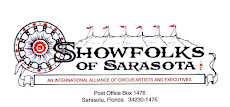















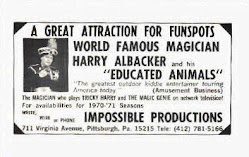

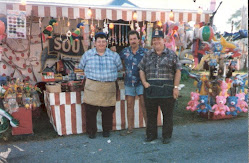




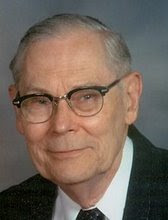
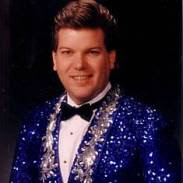




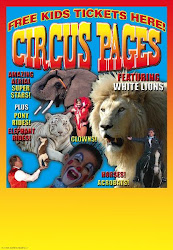

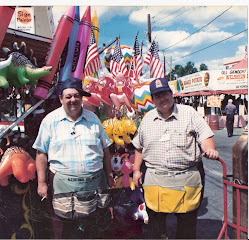
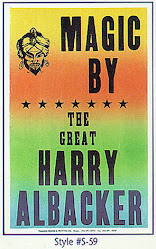











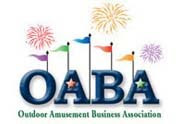



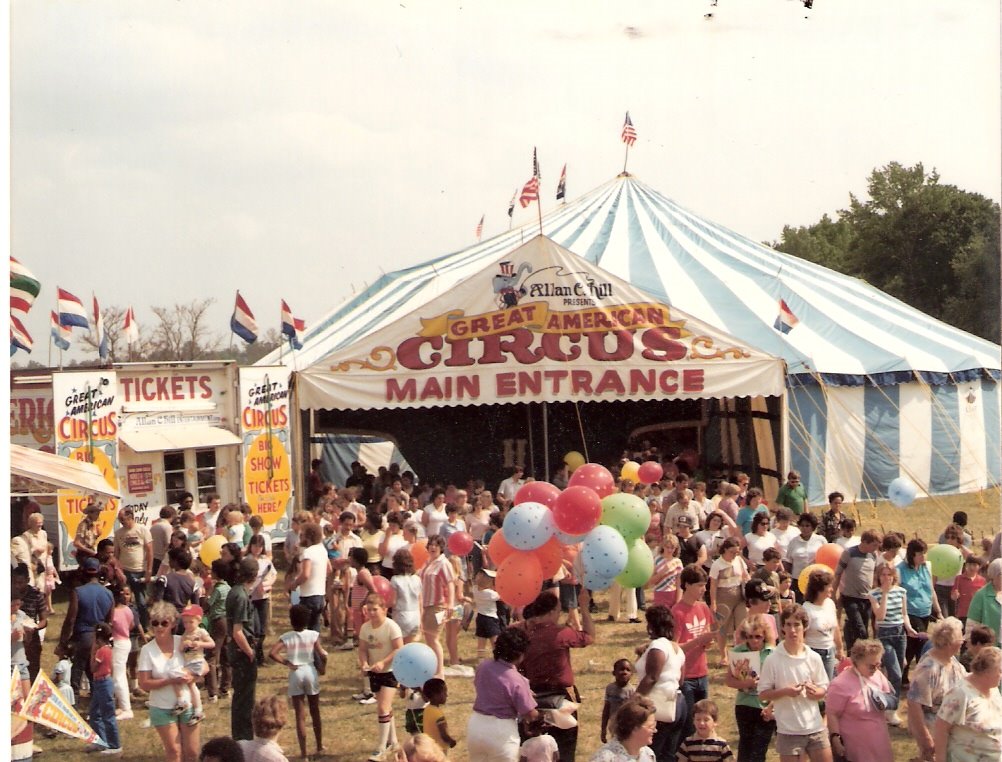









No comments:
Post a Comment